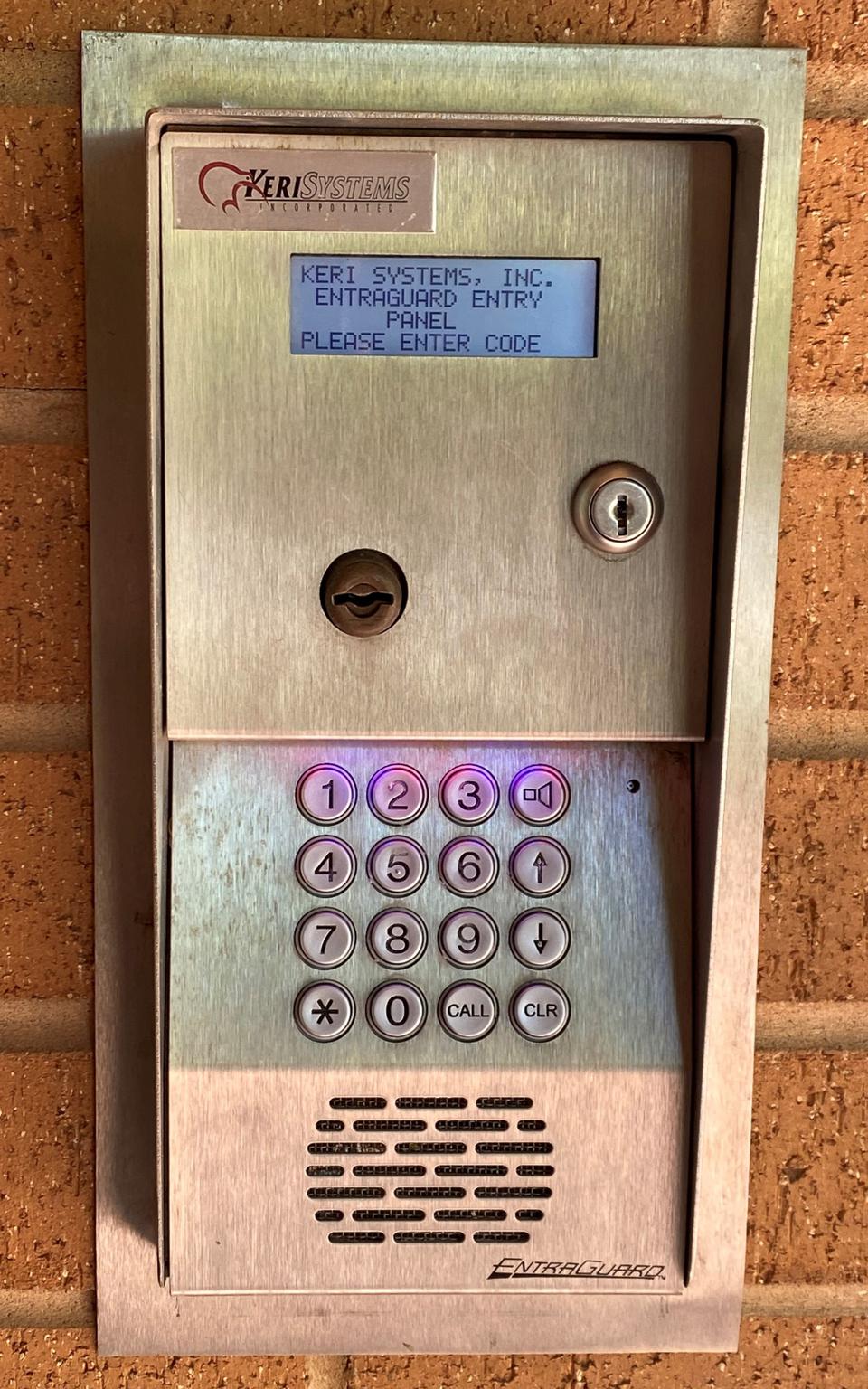Building a Zero Trust Strategy: Securing Organizations In A Cloud & Mobile World
Discover the impact a fragmented workforce is having on security principles. Gain a true zero trust strategy that places people as the single control point. Join us live for a 45-minute session as we share some ideas around how you can ensure you keep your risk profile low, whilst encouraging employees and customers alike to adopt innovative technologies.
Register
People – and their identities – are now the single control point across users, devices, and networks. This makes Identity the foundation of a Zero Trust strategy, ensuring only the right people have access to the right resources at the right time. The ‘Zero Trust’ security emphasizes that enterprises should have a “trusted” internal network and an “untrusted” external network.
The increasing adoption of mobile and cloud coupled with the recent pandemic showcases that we can no longer have a network perimeter-centric view of security. Instead, we need to securely enable access for the various stakeholders; including employees, partners, contractors, etc., regardless of their location, device, or network.
There is no silver bullet in achieving a ‘Zero Trust’ security architecture. Still, identity and access management is the core technology that sets the stage for the ‘zero trust’ journey. The ‘people’ become the new perimeter in this journey, with identity-forming the critical component to establishing a secure environment.
Join us live for a 45-minute session to hear from Deputy, an Okta customer who will share their journey on how to extend the power of the cloud to simplify and secure the way your employees, customers, and partners connect to technology.
Key discussion points:
- The impact a fragmented workforce is having on security principles
- Zero trust strategy: Understanding that people are now the single control point
Speaker
Sponsor
…





